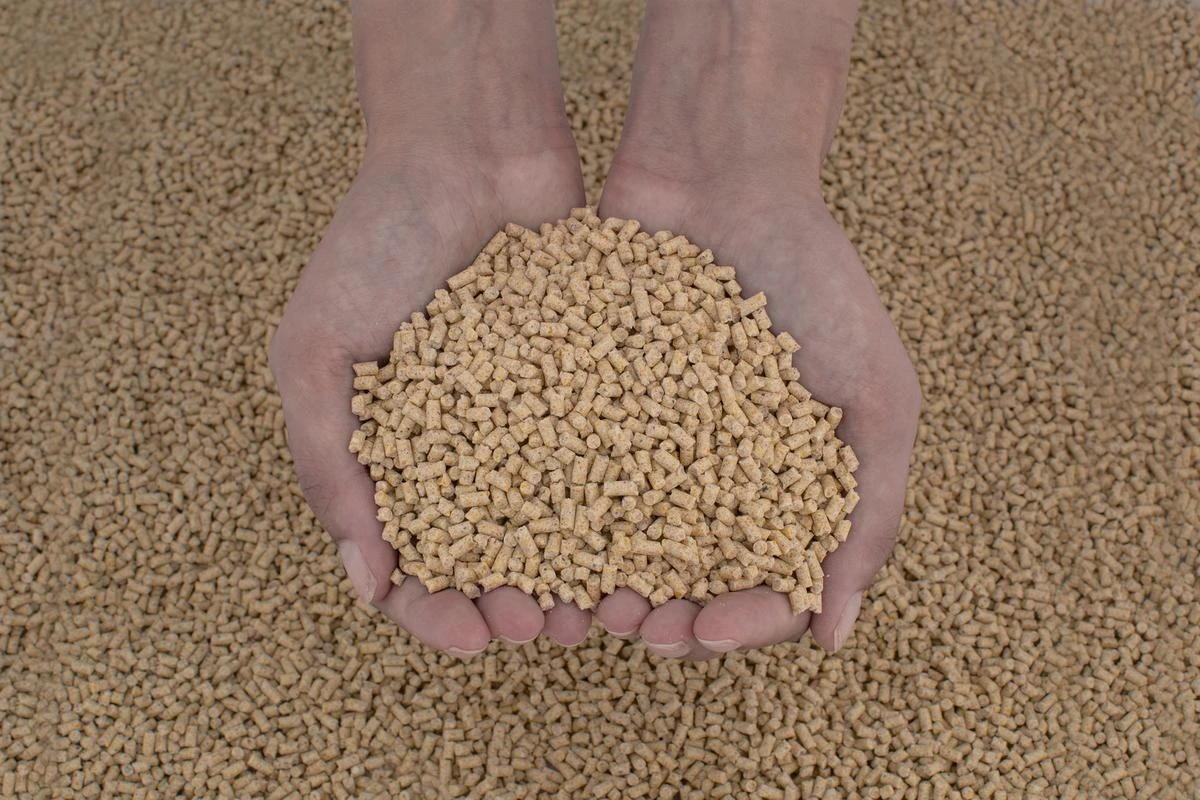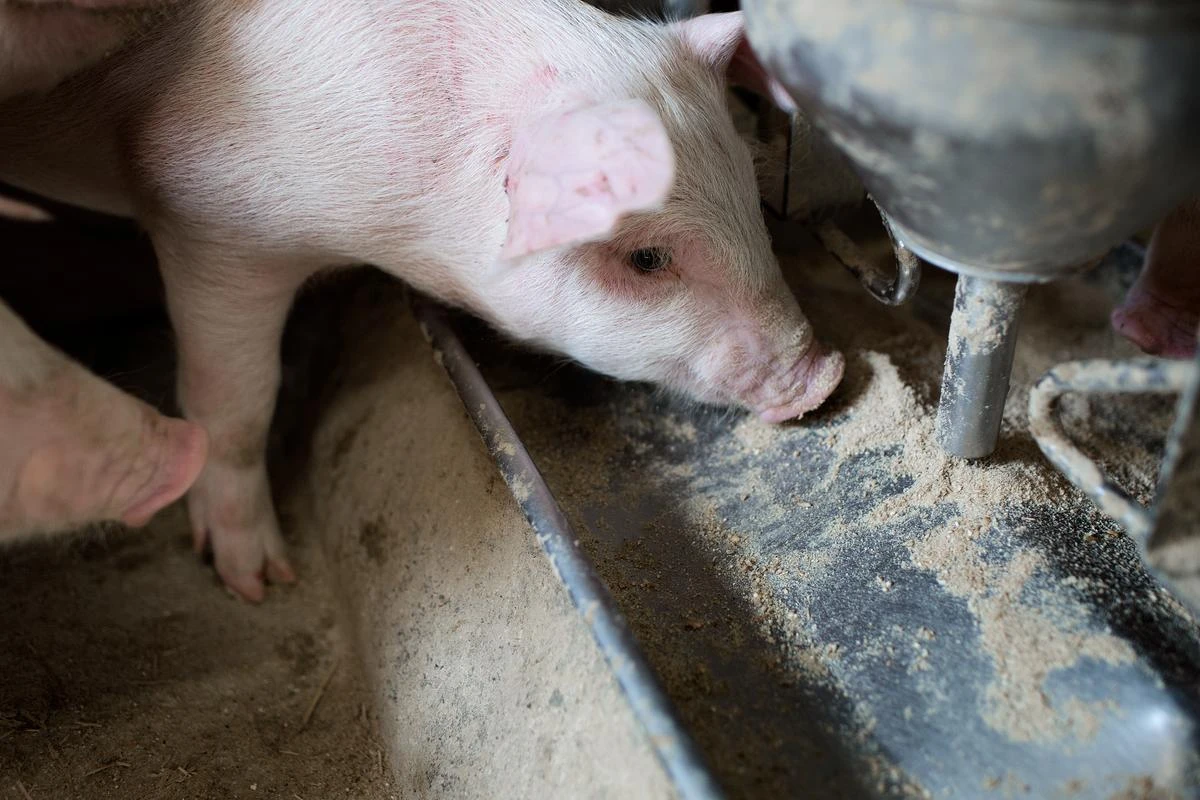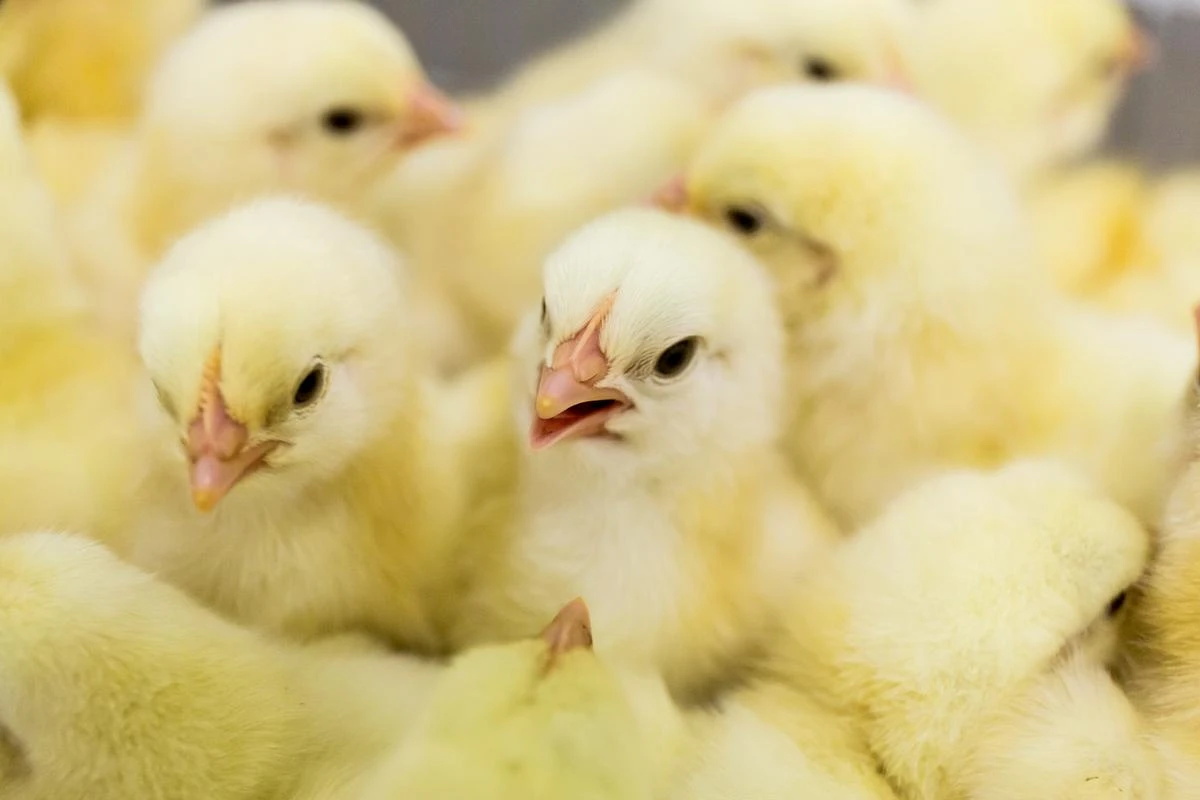What could biotech do for your business?
From probiotics to enzymes, we have a wide array of products that improve fish and livestock health and nutrition, in a sustainable way.
Get in touch to find out what biotech could do for your business.
Find out how enzymatic and microbial products are helping livestock and aquaculture producers meet rising global demand for protein in a more sustainable way.
As producers look for innovative ways to keep pace with rising global demand for protein, the role of biotech is growing. Enzymatic and microbial products support more efficient, sustainable production. Their impact is unlocking growth in animal and fish farming.

The need for a more sustainable approach is clear. Managing waste from livestock and fish farms is a challenge. Animal manure is a key source of phosphorus and nitrogen release to the environment. In aquaculture, the hydrogen peroxide (H202) used to manage infestations can leave residues that pose a risk to marine environments.
Biotech is the process of developing products by leveraging biological systems. Biotech is widely used in livestock and fish farming. It unlocks the full potential of diets, gut health and disease control to support more sustainable growth. Enzymes and probiotics are key to the animal health and nutrition biotech toolbox. Enzymes are biological catalysts found throughout nature. In animal nutrition they help to break down feed ingredients such as soy, corn and wheat, releasing more energy and nutrients. That improves reduces input costs and makes animal feed more sustainable. In poultry production, enzymes also support immunity and gut health. Probiotics - live microbial cells – are used to enhance gastrointestinal health. They’re also widely used to improve and maintain water quality in pond aquaculture.

Proteases are enzymes that break down proteins. In animal feed, only part of the protein ingredients are readily digestible. This is true even of soy and other high-protein ingredients. Proteases such as ProAct 360™ make protein significantly more digestible to poultry and swine. That allows for resource savings through reductions in the protein content of their diets. These lower protein diets have the additional sustainability benefit of lower nitrogen in manure. This is a significant win, as high nitrogen levels can lead to run-off. This leaches into the aquatic environment, putting water quality and aquatic life at risk. According to a recent estimate, adding ProAct to the corn/soy diet used to produce one million broilers helps achieve a four tonne reduction in nitrogen emissions.

All animal diets contain a proportion of inorganic phosphorus, sourced from rock phosphate. The world’s reserves of this essential mineral are finite. Yet global demand continues to grow, with the result that some predict that demand will outstrip supply in this century. There is naturally-occurring phosphorus in the plant ingredients of animal feed. But it’s stored as phytate, which is inaccessible to animals. Adding Ronozyme® HiPhos and other phytase enzymes to animal feed breaks down phytate. That makes the phosphorus available to the animals, so far less inorganic phosphorus needs to be added to the diet. As well as reducing feed costs and saving a finite resource, phytases can improve water quality. That's because excess phosphorus in manure can leach into water. There, it reduces water quality and endangers aquatic life. Reducing inorganic phosphorus levels in manure reduces these environmental impacts.

Carbohydrase enzymes such as Ronozyme® A, Ronozyme® HiStarch, Ronozyme® MultiGrain, Ronozyme® RumiStar and Ronozyme® VP improve starch digestibility. That reduces the need for energy-rich oil ingredients, lowering feed costs. he wide range of Ronozyme® carbohydrases cover a variety of animal feed ingredients. These include sorghum and cereal grains such as corn and barley. Ronozyme® WX is a xylanase, a type of enzyme that breaks down fibrous cell walls to release starch and protein bound in them. Making this additional starch and protein available to animals reduces the resources needed to grow the protein- and energy-rich raw materials added to animal feed. Fiber-degrading enzymes also reduce levels of nitrous oxide (N2O) and methane (CH4) – two potent greenhouse gases - in manure. Enzymes in animal feed can also play a role beyond nutrition. One example is Balancius®, a muramidase enzyme for poultry. It breaks down bacterial cell debris to deliver two benefits: improved gut health and improved nutrient absorption and digestion.

From gastrointestinal health to immune function, the potential benefits of probiotics for human health are a hot topic in the news right now. In animal health, probiotics are also delivering benefits. Alterion® is a probiotic for poultry with proven results from poultry flocks around the world. Designed for consistency, its dual action benefits both performance and microbial balance. Floramax®, also for poultry, establishes a highly protective microflora within the gastrointestinal tract. It inhibits the growth of certain pathogens and reinforces gut health.

The science behind probiotics harnesses the power of live microbial cells. This approach is also used in the warm water aquaculture microbial solutions PondDtox®, PondPlus® and Plus10™/PondSafe®. They deliver a range of water quality benefits in ponds including prevention of hydrogen sulfide (H2S) problems. They also stabilize phytoplankton bloom and reduce the risk of bacterial infection. In cold water recirculating aquaculture systems, biofilter startups and restarts present a range of challenges. BioRas® is a blend of specially-selected bacterial strains of nitrifying bacteria. It overcomes these challenges to deliver faster, more predictable results. Enzymes also play a role in cold water aquaculture. PeroxAway™ is a catalase that breaks down hydrogen peroxide (H2O2) into harmless water (H2O) and oxygen (O2). That allows cage-cultured salmon farms to get all the benefits of H2O2 as a disease-management tool while reducing their impact on the marine environment.

From probiotics to enzymes, we have a wide array of products that improve fish and livestock health and nutrition, in a sustainable way.
Get in touch to find out what biotech could do for your business.
